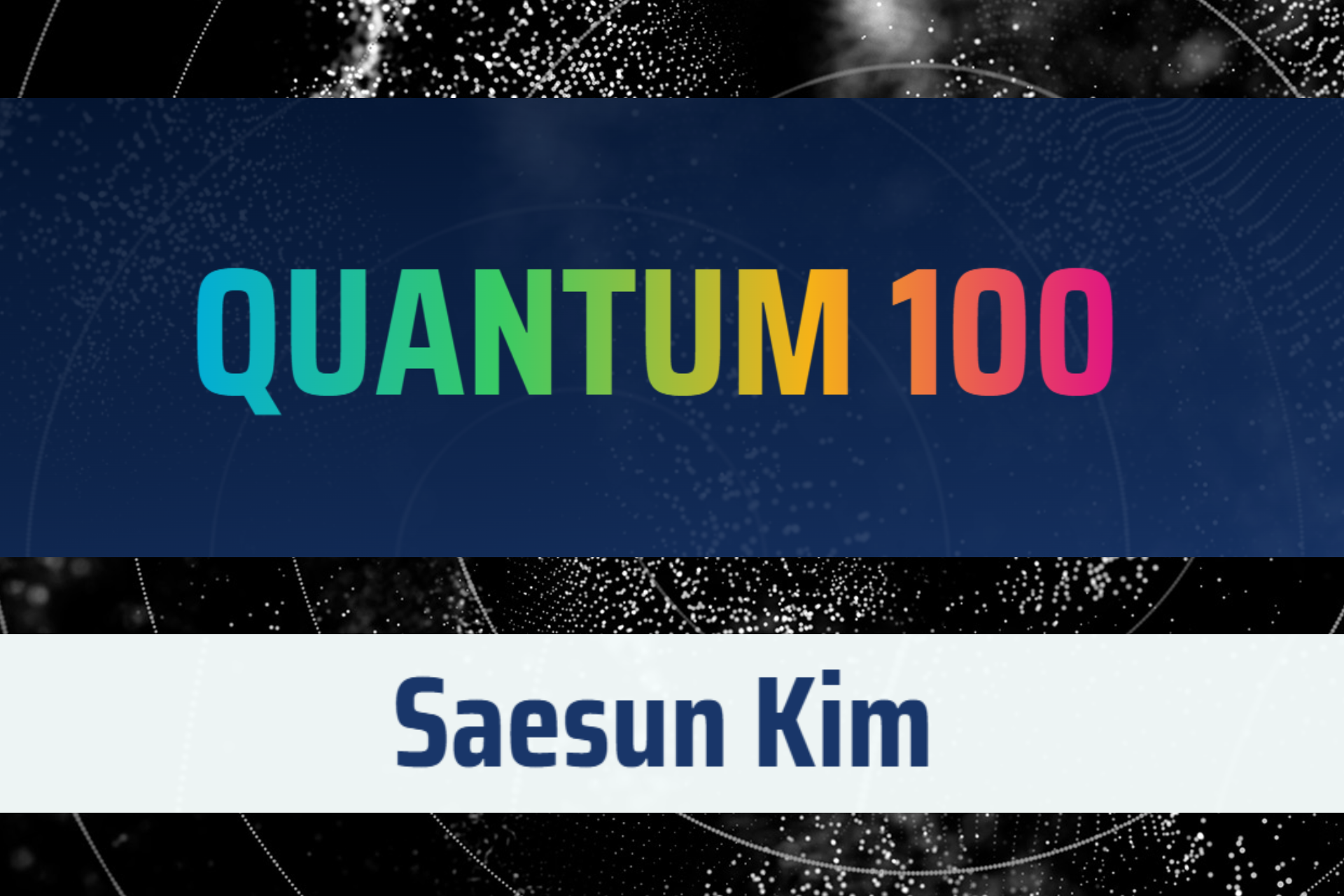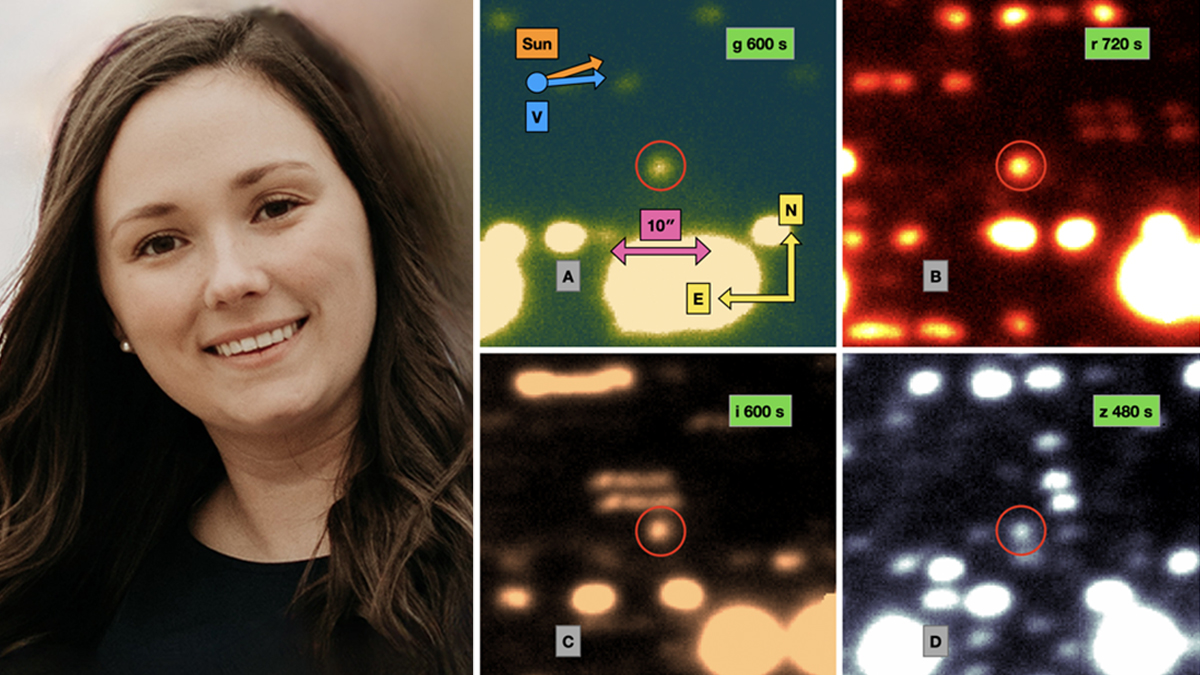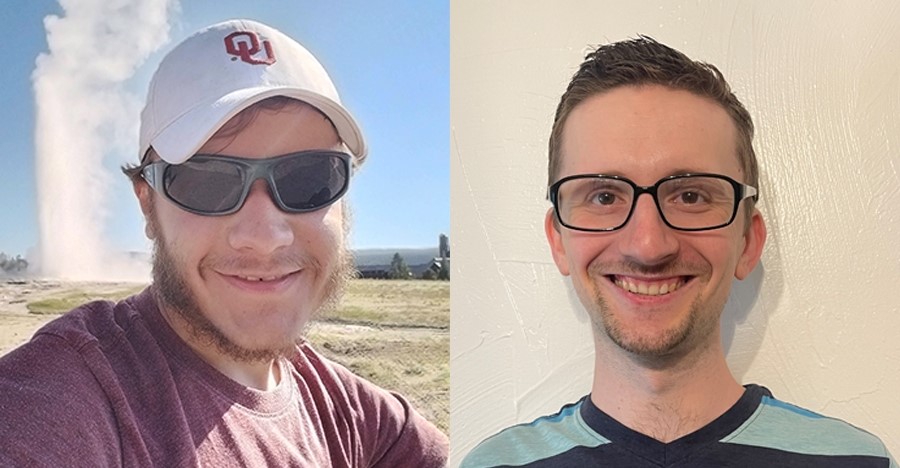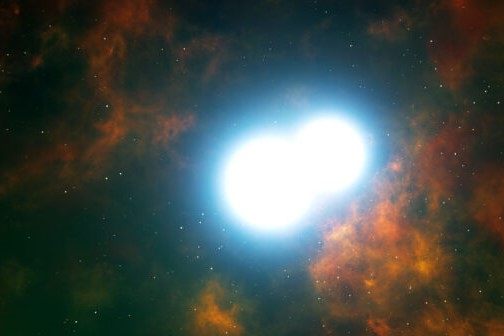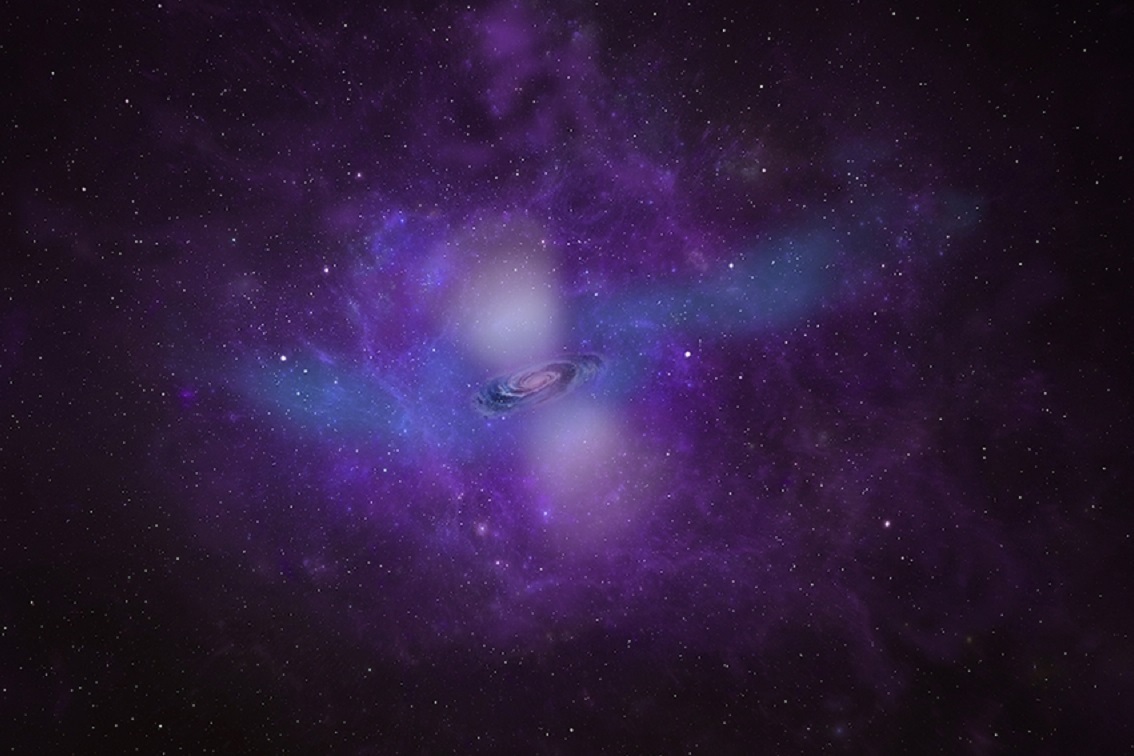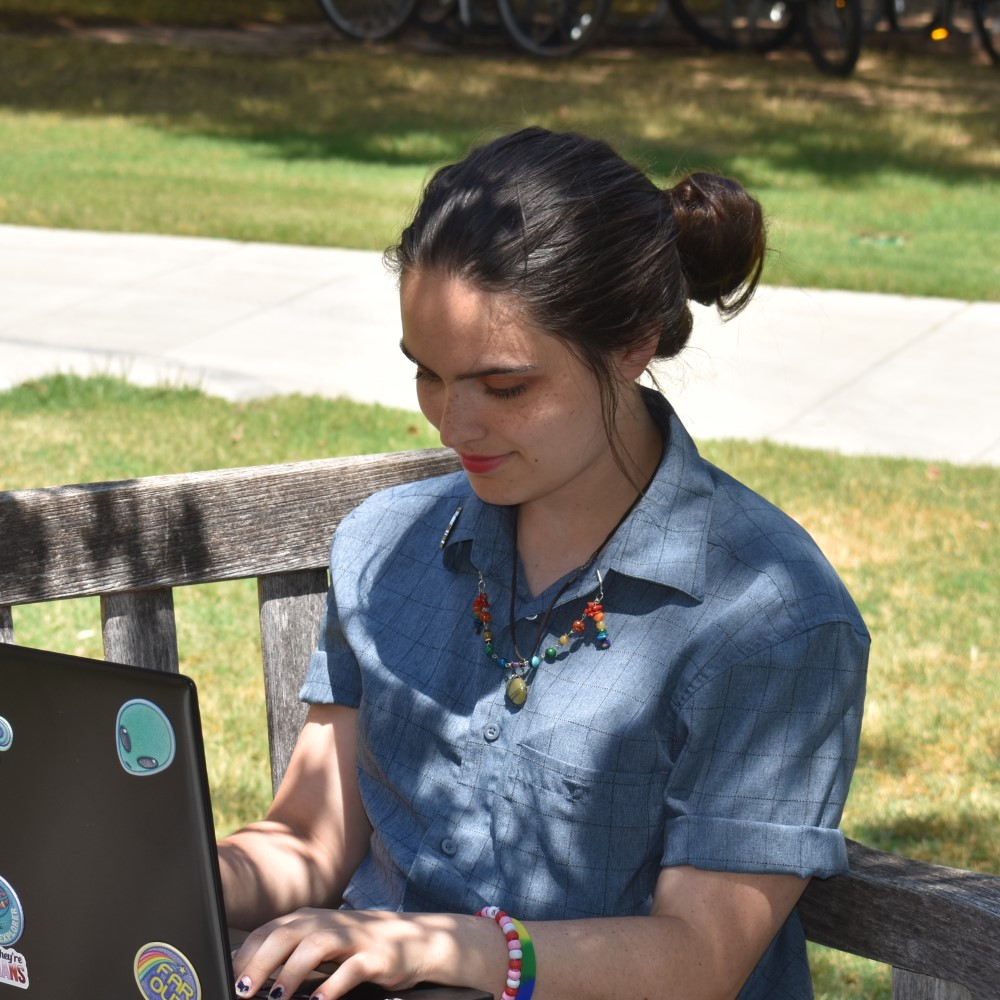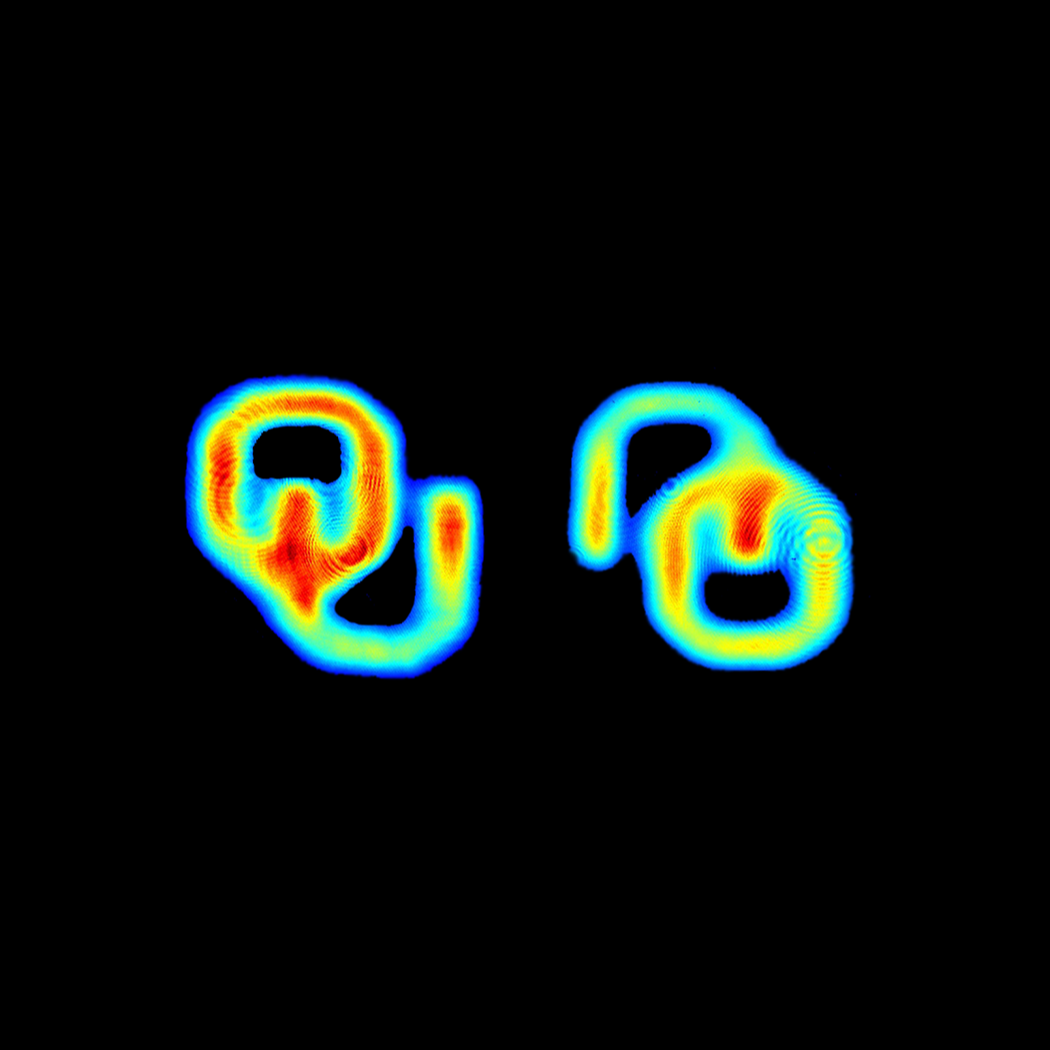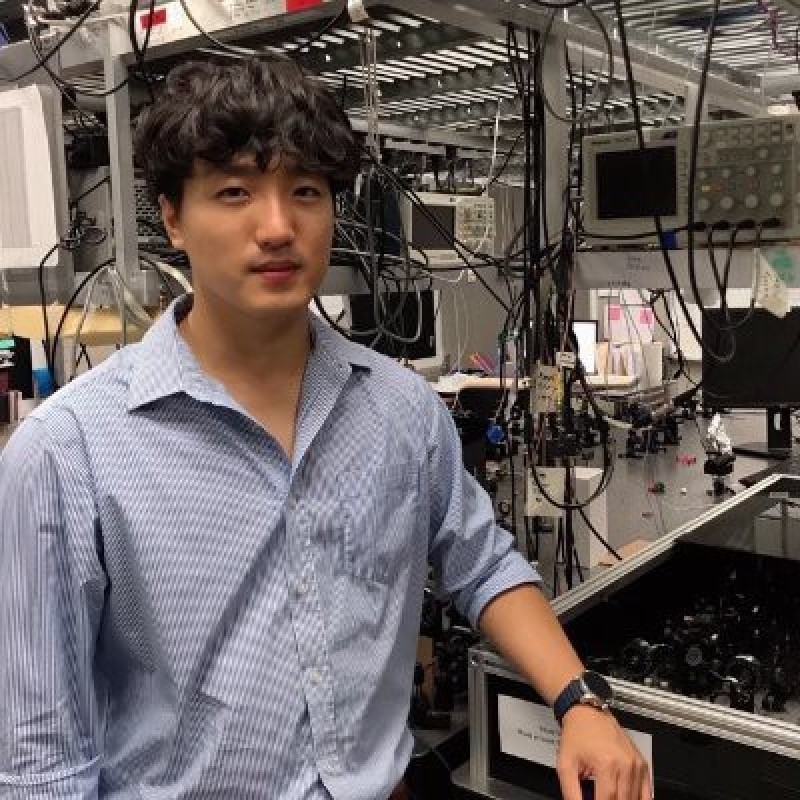Breakthrough Prize in Fundamental Physics
April 07, 2025
The Breakthrough Prize in Fundamental Physics is a significant recognition of the pioneering studies conducted by the ATLAS Collaboration at the Large Hadron Collider (LHC), including significant contributions from the University of Oklahoma's experimental high-energy physics (HEP) group. This prestigious award, shared with the ALICE, CMS, and LHCb Collaborations, celebrates the extraordinary contributions of 13,508 international researchers who have significantly advanced the field of HEP. The prize specifically acknowledges the collaborative effort to establish the Brout-Englert-Higgs (BEH) mechanism of spontaneous electroweak symmetry breaking, test the Standard Model with remarkable precision, uncover rare and exotic particle interactions, and search for new physics phenomena that could reshape our understanding of the universe. As stated by Stephane Willocq, ATLAS Spokesperson, the prize is a "testament to the dedication and ingenuity of the ATLAS Collaboration" and highlights that "Run 2 was a transformative period for particle physics.”
The University of Oklahoma's experimental HEP group has actively participated in all aspects of the ATLAS program recognized by the Breakthrough Prize in Fundamental Physics. Research topics within the group include studies of the top quark and Higgs boson, as well as searches for supersymmetry and long-lived particles. The group also contributes to detector operation, detector upgrades, software development, and computing infrastructure.
Read the ATLAS article for more details


